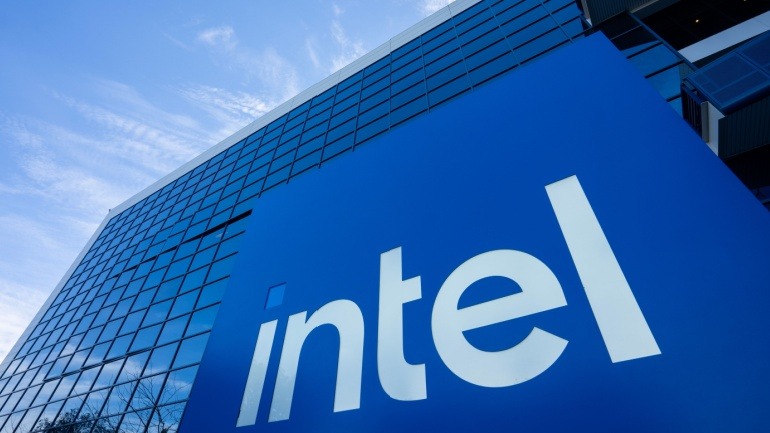The advancement of cloud computing in various sectors has facilitated the growth of private, public, and hybrid cloud as integral facets of corporate infrastructure. The cloud-native mode, characterized by its rapid, flexible, elastic, and scalable system architecture, marks a key inflection point for cloud computing development, but it’s not without its challenges. The escalating complexity of system development and delivery demands a high level of expertise from both developers and O&M personnel.
Recognized as a key player in cloud-native technology, DevOps has increasingly drawn attention for its agile development, continuous delivery, GitOps, and integrated development, and O&M practices. Major internet companies, traditional financial or telecom companies, and SMEs have all started to leverage DevOps, acknowledging its pivotal role in reducing IT development and O&M costs, enhancing innovation delivery efficiency, and quickening industry value monetization.
Despite its bright prospects, the implementation of Cloud-native DevOps presents new challenges. This is evident in the case of China Mobile Jiangsu, a company that serves over 60 million individual and 160 million loT users. With the IT system witnessing close to 40 million visits daily and over 15 billion Charging Data Records, the company inevitably faces issues related to complex cloud-based service architecture, service transactions, and an extensive user base.
In pursuit of solutions, China Mobile group decided to build the Panji PaaS platform based on Docker and Kubernetes and the Panzhou DevSecOps platform, aimed at transforming digital intelligence R&D. This move streamlined the platform’s promotion across 31 provincial companies in China.
Huawei’s progressive DevOps model fosters continuous innovation through the transformation of organizations, processes, technologies, and tools. This was effectively demonstrated in the CRM project for Jiangsu, where Huawei implemented DevOps technologies in a variety of ways. These included the division and deployment of the CRM core service system based on the domain-driven design (DDD) and microservices, organizational restructuring, the construction of CI hierarchical pipelines, the application of canary deployment, the relocation of test activities, and the application of intelligent O&M capabilities.
This approach yielded significant results. In 2022, Jiangsu launched 1,300 new functions and added over 14.07 million new individual users as well as more than 70 million new IoT users. The delivery period for new requirements dropped from 40 to 21 days, marking an improvement of 50%. Meanwhile, the problem resolution period decreased from 22 to 10 days, a 49% upgrade.
China Mobile and Huawei have, through the transformation of DevOps agile delivery and intelligent O&M, showcased the potential of IT delivery quality and efficiency to drive business growth, shorten TTM, and offer enhanced services to customers. To attest to their success, both have gained a position in the 2023 GLOTEL Telecoms Excellence Award shortlist. This journey, although challenging, provides a window into the future of cloud-native technologies and DevOps.







